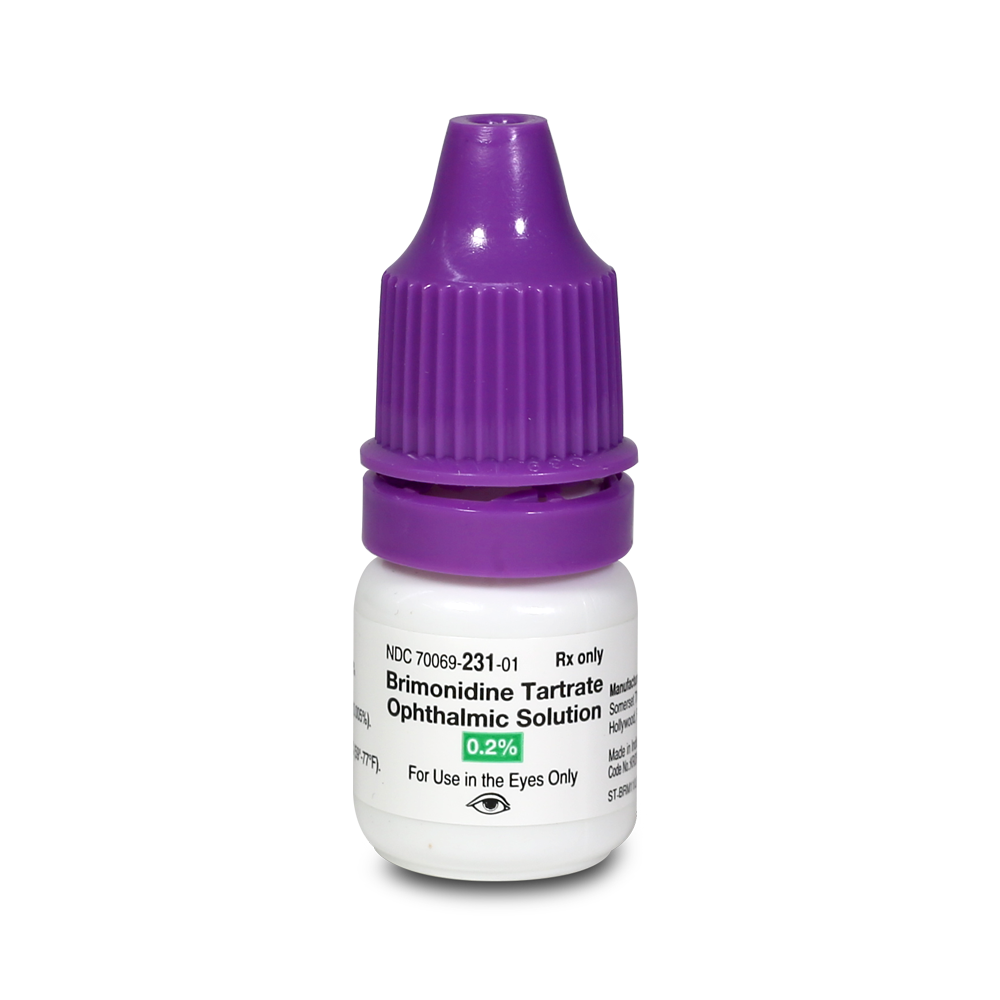Amox Clav, also known as Augmentin, is a combination antibiotic that consists of two active ingredients: amoxicillin and clavulanic acid. This dual-action medication is designed to fight bacterial infections by inhibiting the growth of bacteria and protecting the antibiotic from being degraded by certain enzymes.
To understand how Amox Clav works, it’s essential to delve into the mechanism of action of its two primary components. Amoxicillin belongs to the penicillin class of antibiotics, which works by inhibiting the synthesis of the bacterial cell wall. This results in the weakening of the bacterial cell wall, ultimately leading to its destruction. However, some bacteria produce enzymes called beta-lactamases, which can break down amoxicillin and render it ineffective.
This is where clavulanic acid comes into play. Clavulanic acid is a beta-lactamase inhibitor, which means it can block the action of these enzymes, allowing amoxicillin to work effectively against bacteria that would otherwise be resistant. By combining amoxicillin with clavulanic acid, Amox Clav provides a potent and broad-spectrum antibiotic that can tackle a wide range of bacterial infections.
Indications and Usage
Amox Clav is indicated for the treatment of various bacterial infections, including:
- Acute otitis media (middle ear infections)
- Acute sinusitis (sinus infections)
- Community-acquired pneumonia
- Skin and skin structure infections
- Urinary tract infections
It’s crucial to note that Amox Clav should only be used under the guidance of a healthcare professional and for the treatment of bacterial infections. Using antibiotics like Amox Clav for viral infections, such as the common cold or flu, will not provide any benefit and can contribute to the development of antibiotic resistance.
Dosage and Administration
The dosage of Amox Clav depends on the specific infection being treated, as well as the patient’s age, weight, and renal function. The medication comes in various forms, including tablets, chewable tablets, and oral suspension. It’s essential to follow the prescribed dosage instructions and complete the full course of treatment, even if symptoms improve before finishing the medication.
Side Effects and Precautions
Like all medications, Amox Clav can cause side effects, including:
- Diarrhea
- Nausea
- Vomiting
- Rash
- Allergic reactions (severe)
In rare cases, Amox Clav can cause more severe side effects, such as:
- Stevens-Johnson syndrome (a severe skin condition)
- Toxic epidermal necrolysis (a life-threatening skin condition)
- Anaphylaxis (a severe allergic reaction)
It’s vital to seek medical attention immediately if any severe side effects occur.
Interactions with Other Medications
Amox Clav can interact with other medications, including:
- Blood thinners (such as warfarin)
- Probenecid (a medication used to treat gout)
- Allopurinol (a medication used to treat gout)
Inform your healthcare provider about all medications, supplements, and vitamins you’re taking before starting Amox Clav.
Conclusion
Amox Clav is a potent antibiotic that can effectively treat various bacterial infections. By understanding its mechanism of action, indications, dosage, and potential side effects, patients can make informed decisions about their treatment and ensure the best possible outcomes. Always consult with a healthcare professional before starting any new medication, and follow their guidance to minimize the risk of side effects and maximize the effectiveness of the treatment.
What is the primary mechanism of action of Amox Clav?
+Amox Clav works by inhibiting the growth of bacteria and protecting the antibiotic from being degraded by certain enzymes.
What is the difference between amoxicillin and clavulanic acid?
+Amoxicillin is a penicillin-class antibiotic that inhibits bacterial cell wall synthesis, while clavulanic acid is a beta-lactamase inhibitor that blocks enzymes that can break down amoxicillin.
What are the potential side effects of Amox Clav?
+Common side effects include diarrhea, nausea, vomiting, rash, and allergic reactions. Severe side effects can include Stevens-Johnson syndrome, toxic epidermal necrolysis, and anaphylaxis.
Can Amox Clav interact with other medications?
+Yes, Amox Clav can interact with blood thinners, probenecid, and allopurinol. Inform your healthcare provider about all medications, supplements, and vitamins you’re taking before starting Amox Clav.
What is the importance of completing the full course of Amox Clav treatment?
+Completing the full course of treatment ensures that the infection is fully cleared and reduces the risk of antibiotic resistance.



